Most of the WPF mvvm applications, we are using ICommand in the view-model. But it is referring to System.Windows.Input. so the view-model is now tightly couple with System.Windows.Input namespace. according to my understanding view-model should be able to use in normal C# winform application or asp.net application.
Normally we are using following code lines to the command with RelayCommand implementation.
private RelayCommand testCommand;// or private ICommand testCommand;
public ICommand TestCommand
{
get
{
return testCommand ??
(testCommand = new RelayCommand(param => Test()));
}
}
public void Test()
{
}
What i feel is we need to remove all the ICommand and use RelayCommand instead. So we can eliminate the System.Windows namespace from the view-model. so final code will looks like this,
private RelayCommand testCommand;
public RelayCommand TestCommand
{
get
{
return testCommand ??
(testCommand = new RelayCommand(param => Test()));
}
}
public void Test()
{
}
Any suggestions on this approach? or is there any way to eliminate the System.Windows namespace from the view-model?
